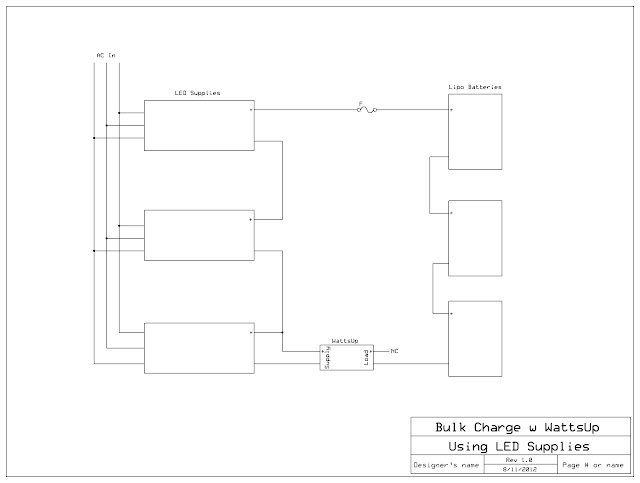deVries
100 kW
The USB interface is nice, however it is not isolated so presents some risks. The serial port before was not isolated so this is similar.
Does it save any room to use a mini-usb port?
Also, what is the cost/problem with just using the next size up pcb to give you more room to fit everything through hole? Do some shops offer different "sizing" alternatives that might make it more feasible vs others?


